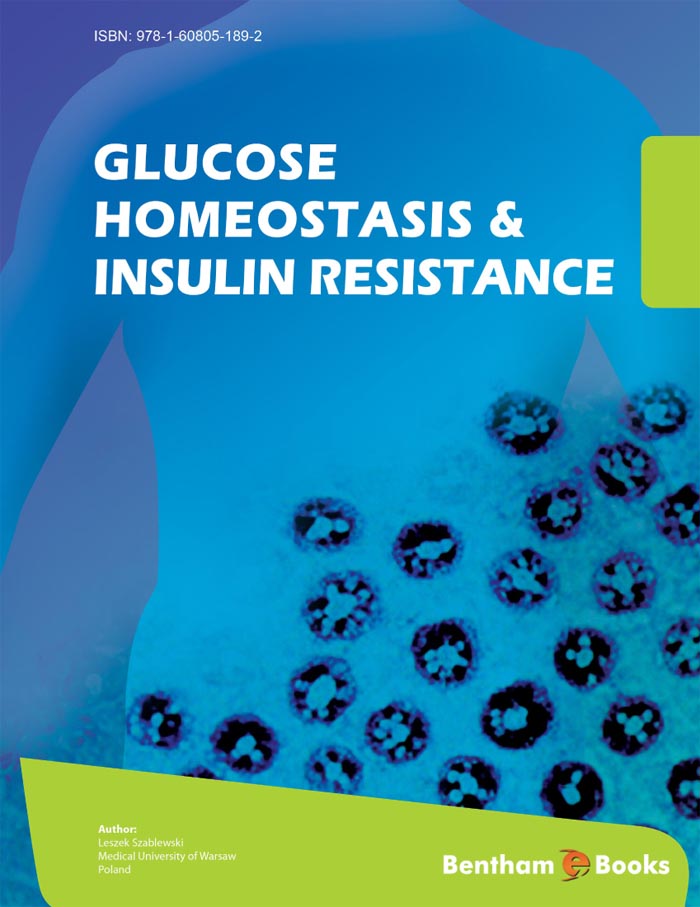Foreword
Insulin resistance is generally taken to mean as a reduced ability of insulin to stimulate glucose transport and utilization. It is a major problem associated with type 2 diabetes mellitus (non-insulin-dependent diabetes mellitus) and is increasing rapidly worldwide. As least one-in-ten people today are destined, on current trends, to develop diabetes at some point during their lifetime. The total number of individuals with diabetes worldwide is scheduled to double in a generation. It is not however well known that insulin resistance also increases the risk of cardiovascular disease.
The progress in molecular biology, genetics, epidemiology and in clinical applications notwithstanding, much more needs to be done. It will be of great importance to identify the molecular mechanisms of insulin resistance and establish most effective combinatorial therapies.
The book entitled “Glucose homeostasis and insulin resistance” edited by dr. Leszek Szablewski provides a broad overview of the molecular, biochemical, and clinical aspects of glucose metabolism and insulin resistance. The chapters will make the reader acquainted with a variety of topics ranging from glucose metabolism and glucose transporters, the hormonal regulation of glucose homeostasis, to insulin resistance and characterization of novel pharmacological approaches on emerging targets for the treatment of diabetes. The non-pharmacological modes of therapy, physical exercise, diet, and weight loss are also included.
Prof. Jacek Malejczyk
Chair and Department of Histology and Embryology,
Center of Biostructure,
Medical University of Warsaw,
Poland

